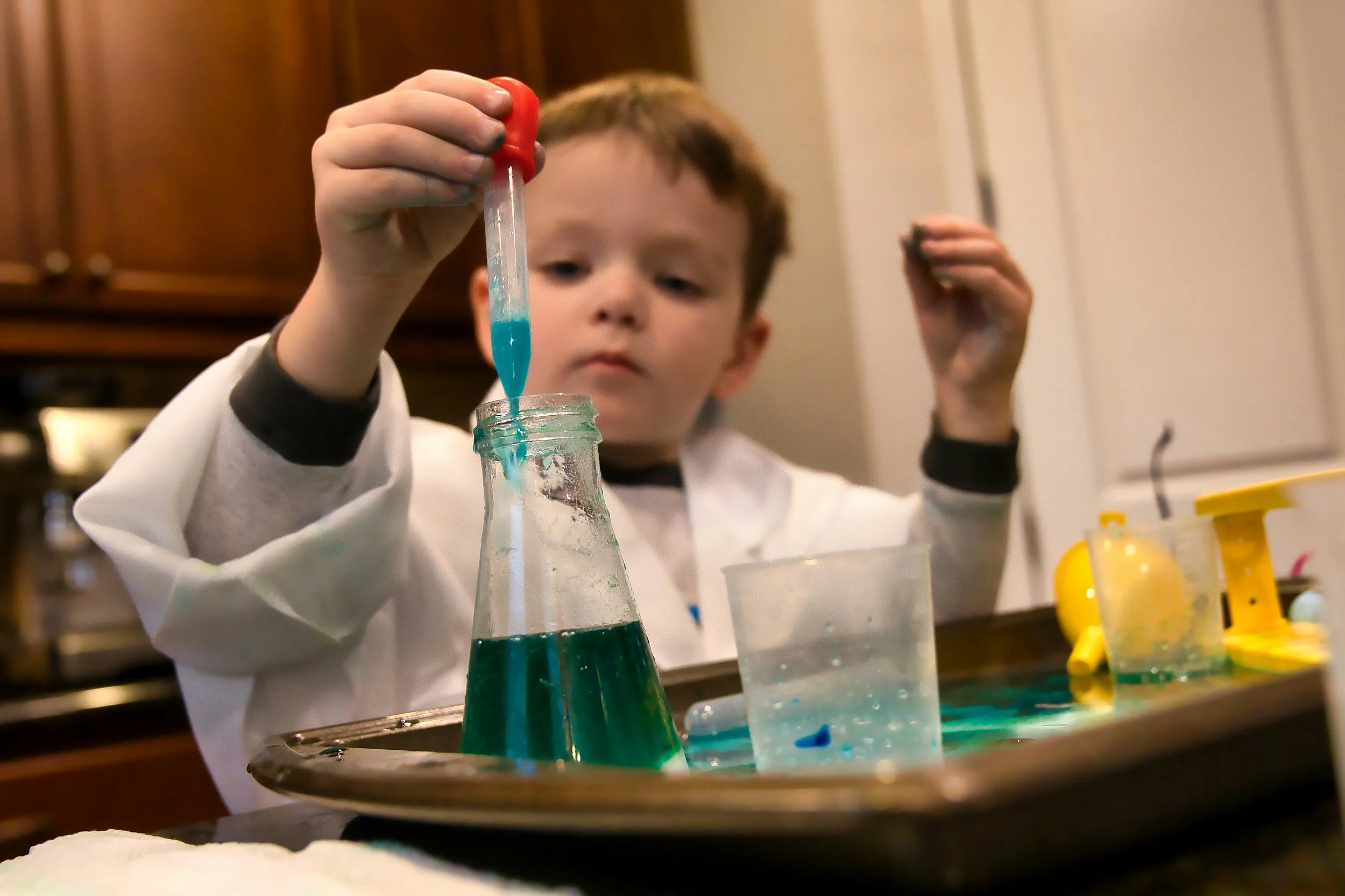How to Succeed at a Science Fair: Use Scientific Method
Learn how to use scientific method to design a science fair project that stands out.
A child could do it!!
If you are planning to compete in a science fair, this blog on scientific method is for you. Judges appreciate it when a science fair presentation is age appropriate, simple, elegant, and clearly communicated by the participant. To this end, the participants should choose a topic that has real-world relevance with a testable question and must demonstrate that they fully understand their project. The most important key to conducting meaningful experiments and clearly presenting the findings is to follow the principles of Scientific Method, and to not deviate from these principles.
“A hypothesis is an idea that can be tested.”
What is Scientific Method?
Scientific Method can be divided into seven simple and discreet steps.
Make an OBSERVATION.
Ask a QUESTION.
Form a HYPOTHESIS.
Make a PREDICTION.
Devise a set of EXPERIMENTS to evaluate the hypothesis.
Observe the RESULTS of the experiment(s).
Draw CONCLUSIONS.
What is a Hypothesis?
A hypothesis is not an educated guess. The best definition that I have heard for a hypothesis came from the children’s program, “Dinosaur Train” and is, “an idea that can be tested.” Of course, this idea does require that the person who is formulating the hypothesis consider all scenarios that may have led to their original observation.
Scientific Method in Everyday Life
Scientific method need not only conducted in a science classroom or in a laboratory setting, Scientific method can and should be used to solve everyday problems. Below is an example where one is using scientific method to solve a problem that is common to many people who drive a car. Can you think of a real-life scenario where you could use scientific method to try to solve a problem?



